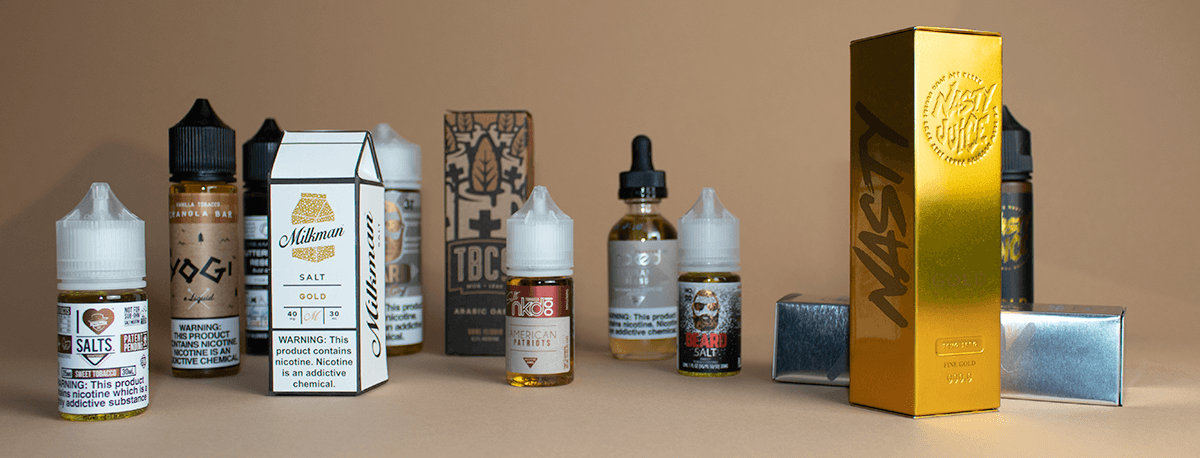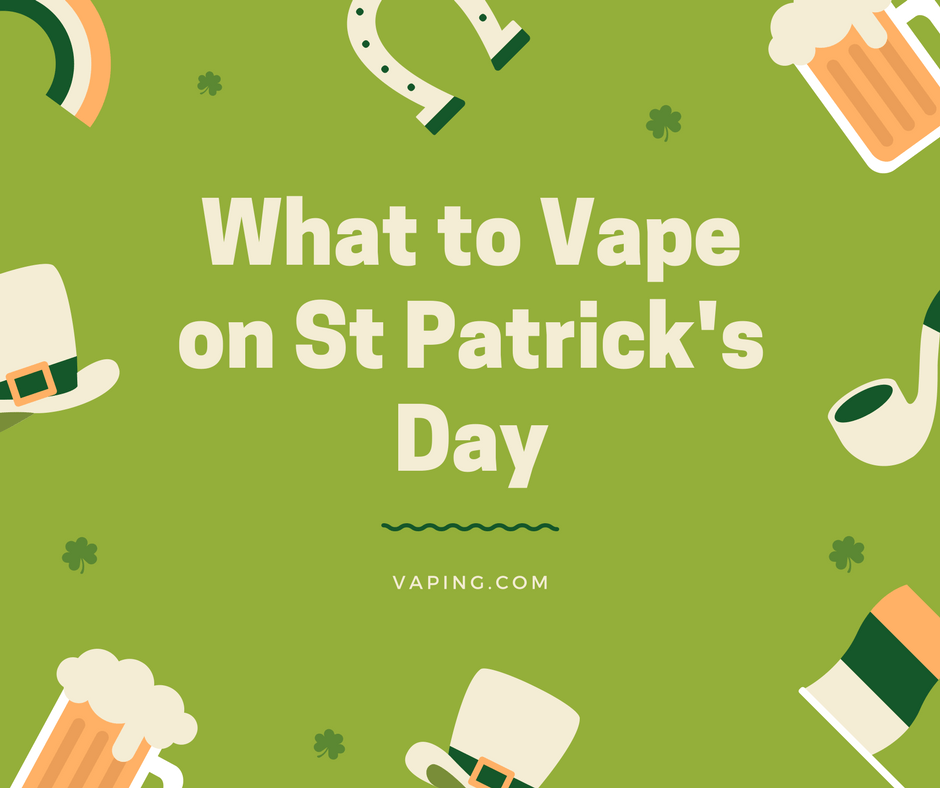A study published today in the New England Journal of Medicine has found that e-cigarettes are almost twice as effective as NRT in helping smokers remain abstinent from cigarettes.
The study team, from Queen Mary University of London, saw that 18% of participants who were given vaping products and a four-week behavioural course remained smoke-free after a year, compared with 10% of those given medical nicotine such as patches or gum. Participants were given a vaping starter-kit and advised to make their own future purchasing decisions.
Previous e-cigarette studies using the "gold standard" randomised-controlled methodology were conducted years ago and based on a single (and no longer available) model of e-cigarette, which was poor at delivering nicotine. Even still, those studies showed a modest level of efficacy, approximately equal to that of patches and gums. The lack of a clear advantage, however, has long lead medical professionals to be sceptical as to the need for vaping products over existing, medicinal, treatments.
Vaping technology has developed considerably since those original studies and consumers today have access to a wide range of products. The Queen Mary study is uniquely valid in that they allowed their participants to try out different products to find out what suits them. Unfortunately, vaping products in the EU are hampered by regulations limiting cartridge size and nicotine strength. The limitations were imposed to prevent issues of toxicity or overdose and were based on inaccurate assessments of the toxicity of nicotine. Countries without these restrictions have not seen problems with vaping products commonly available.
In light of this study policymakers will be challenged to assess the likelihood that e-cigarette efficacy may be higher if those restrictions were relaxed. One indication that this might be true is that participants rated the products as being more satisfying than NRT, but less satisfying than cigarettes. It's probable that they were not getting sufficient nicotine from each puff, given the strength limitations. Small cartridge and tank sizes may represent a "hassle factor" - a consumer pain point that makes the products harder to use.
Medical practitioners have been reluctant to recommend vaping products to smoking patients, largely because the previous studies showed little advantage over existing NRT therapies.
Study author Peter Hajek suggested that this reluctance is now "likely to change" in light of the findings. But to what extent is the medical "stamp of approval" the principal obstacle holding smokers back from transitioning in even greater numbers?
E-cigarettes had their beginnings as consumer products rather than medical interventions. While this study gives good data on what happens when middle-aged smokers are encouraged to try contemporary vaping products, it can't tell the bigger story about how vaping is affecting all smoking behaviours.
The technology is quite unique in that it was pioneered by vibrant online user communities and entrepreneurs who commercialised the innovations. The reason that many people who smoke have success with vaping products is straightforward: they are designed to be pleasurable. As study author, Hayden McRobbie stated, "an issue that is rarely discussed is that some smokers actually enjoy smoking, and vaping may help them retain this".
NRT, with its dour medical positioning and characteristics, has never been liked by smokers. Perhaps the key to ending smoking is this simple: Allow nicotine to be treated like any consumer product, and allow businesses to develop products that smokers love.






Leave a comment
This site is protected by hCaptcha and the hCaptcha Privacy Policy and Terms of Service apply.